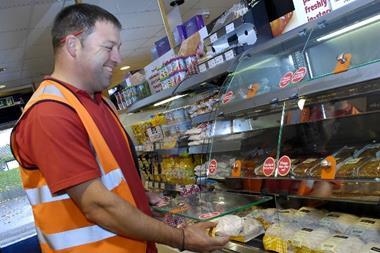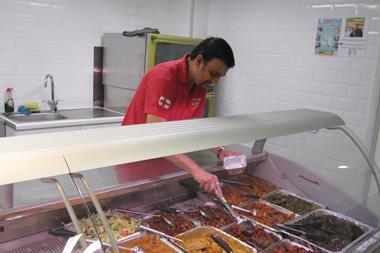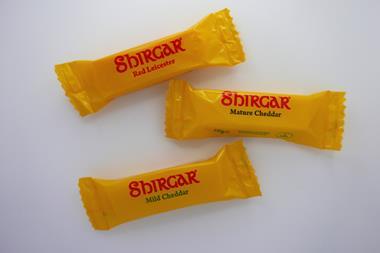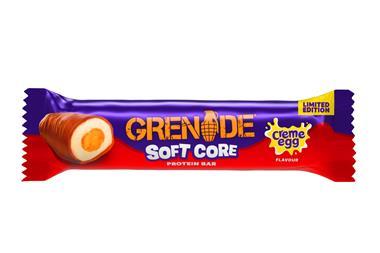C-stores need to innovate to win back share in food to go

Food to go (FTG) remains a key mission for convenience stores, but the industry is struggling to increase its share of the market in the face of stiff competition, according to a new study from HIM Research & Consulting
ALREADY HAVE A REGISTERED USER ACCOUNT? PLEASE LOG IN HERE
To read the full story join the ConvenienceStore.co.uk community today!
Registration is quick and easy and provides access to:
- Unlimited ConvenienceStore.co.uk articles
- Our great range of newsletters
- Content you’ve saved for later via the ‘my library’ feature
And much more…

























